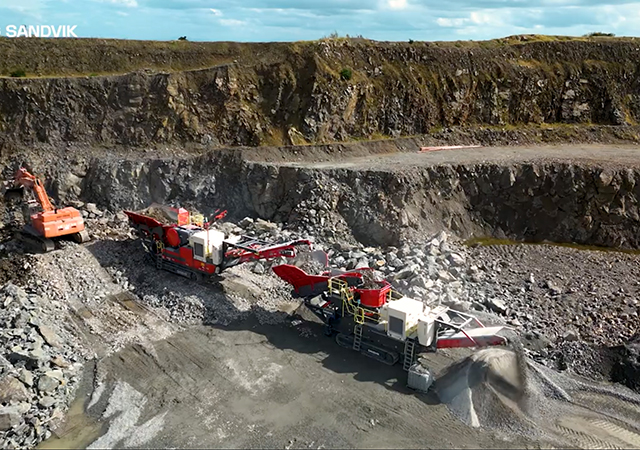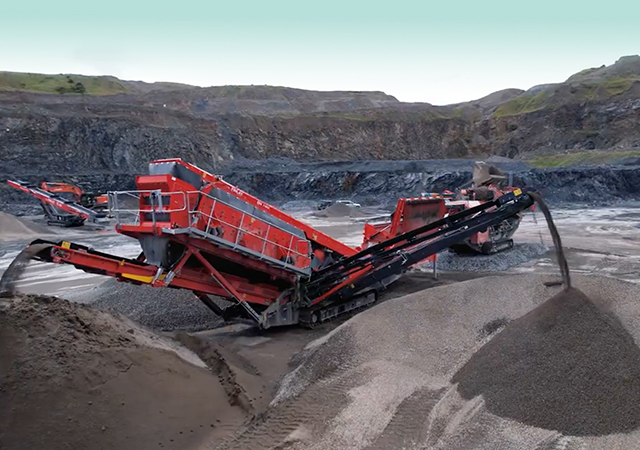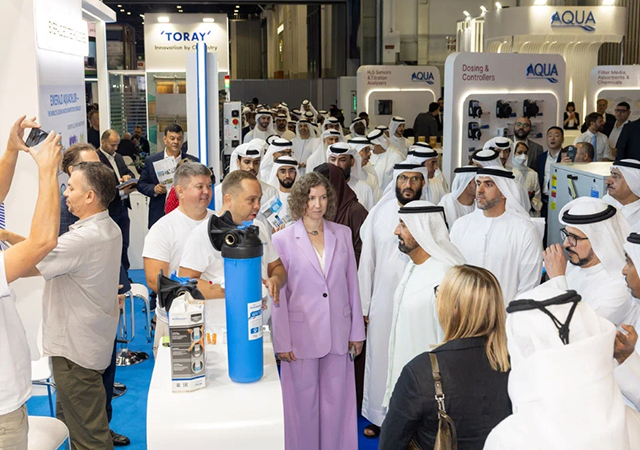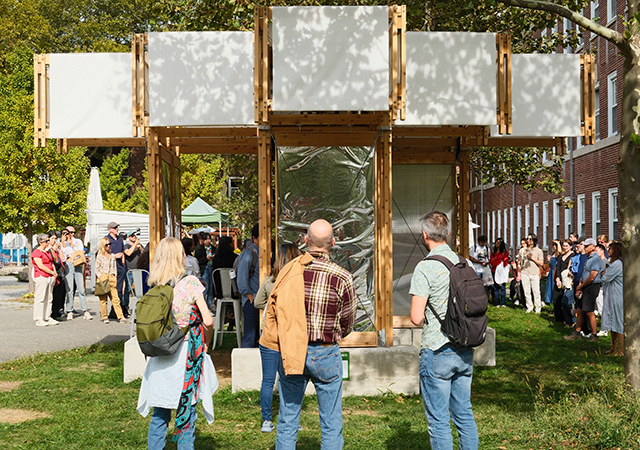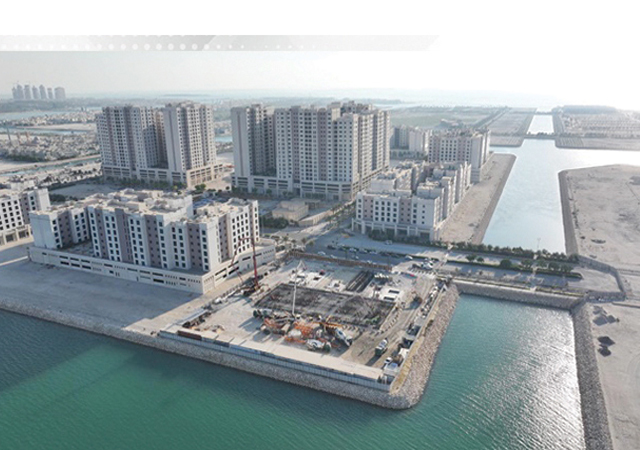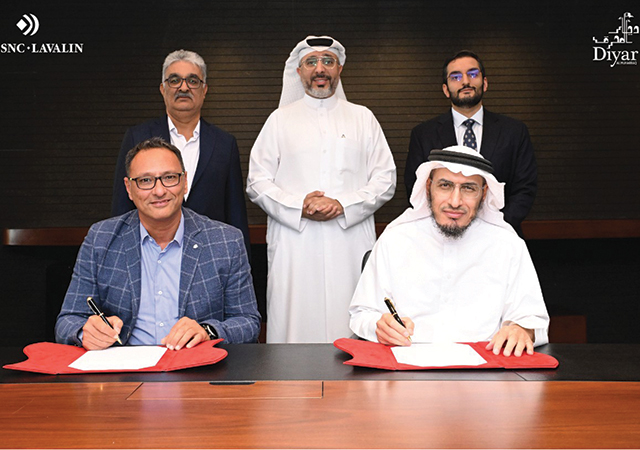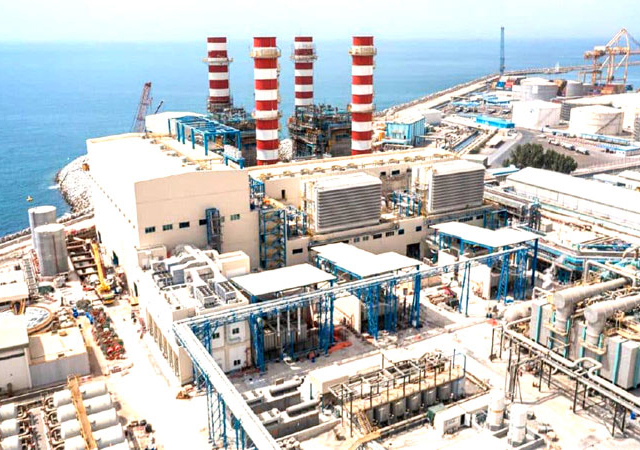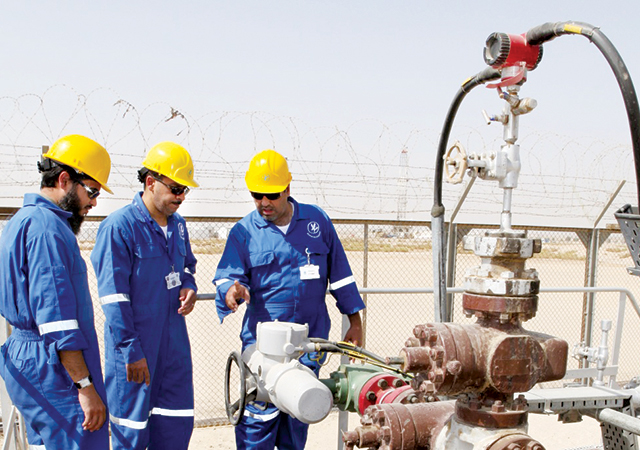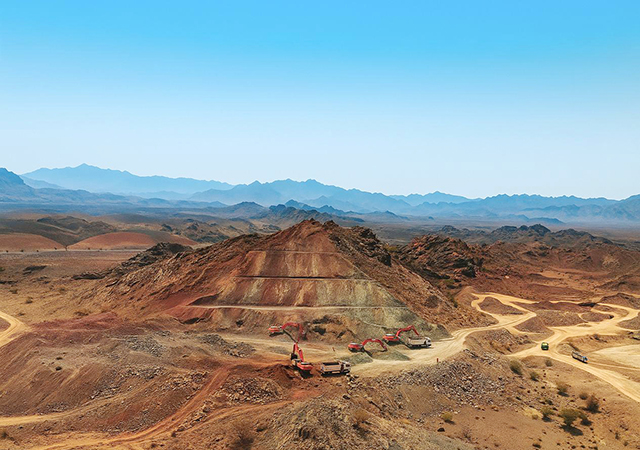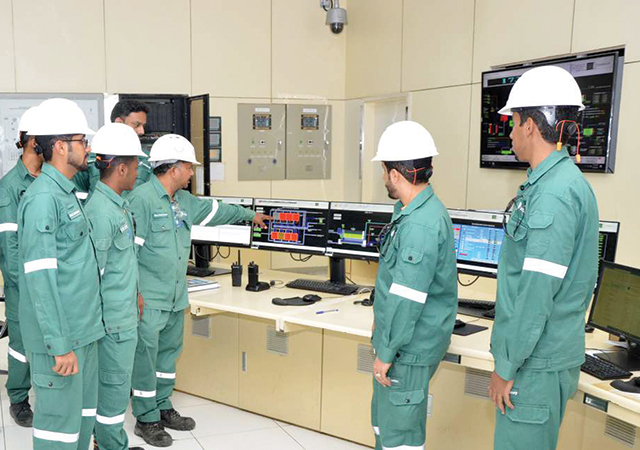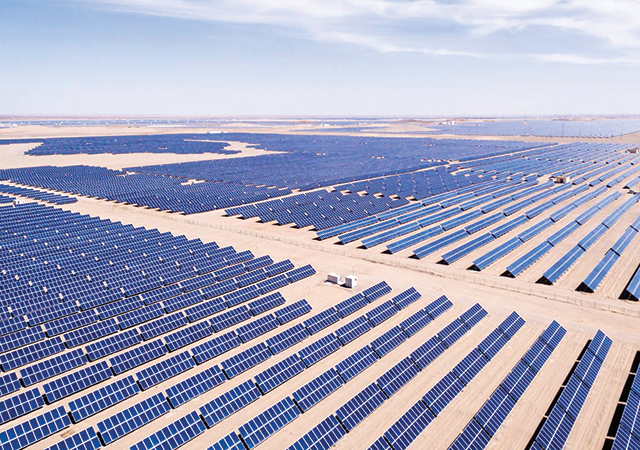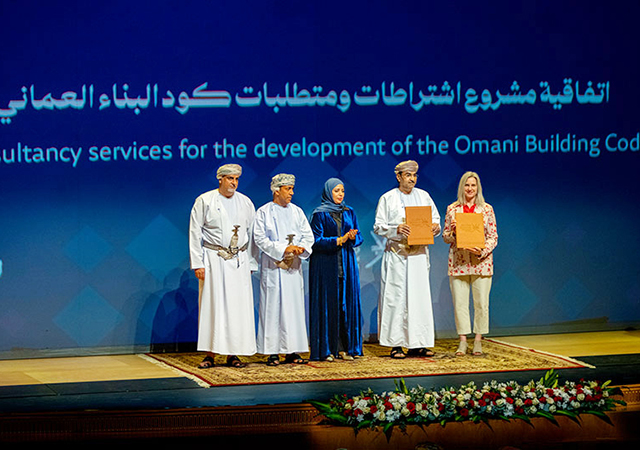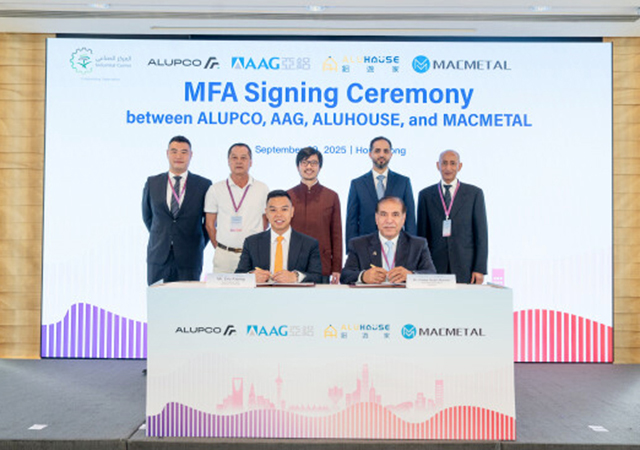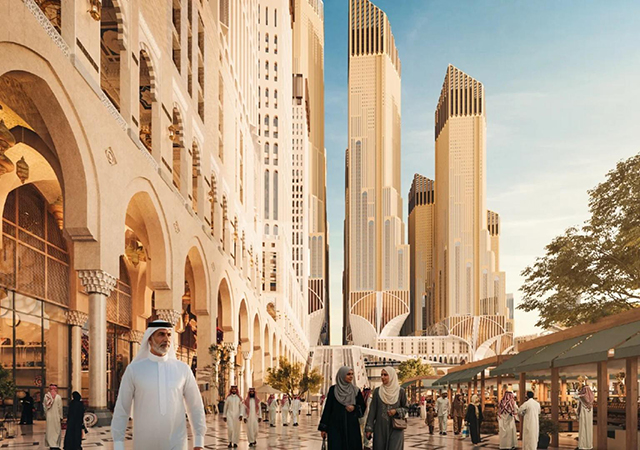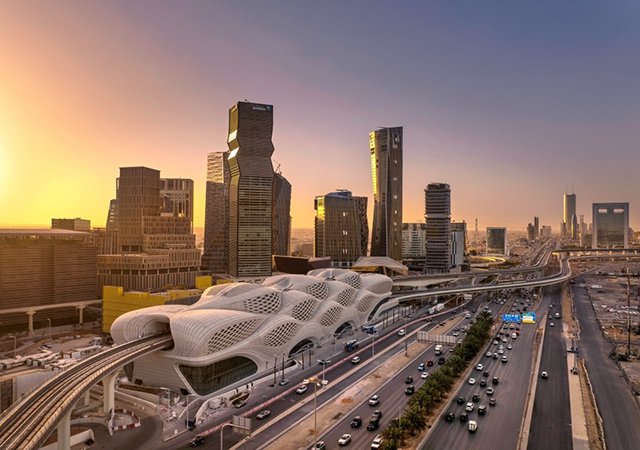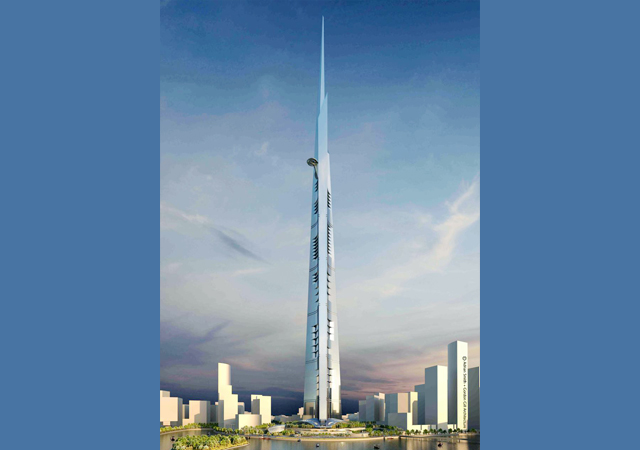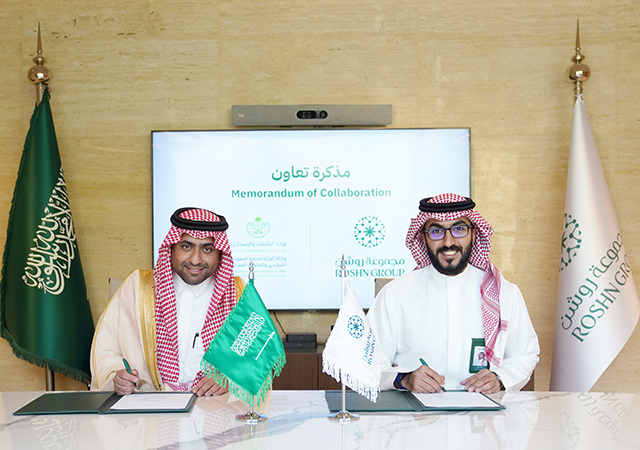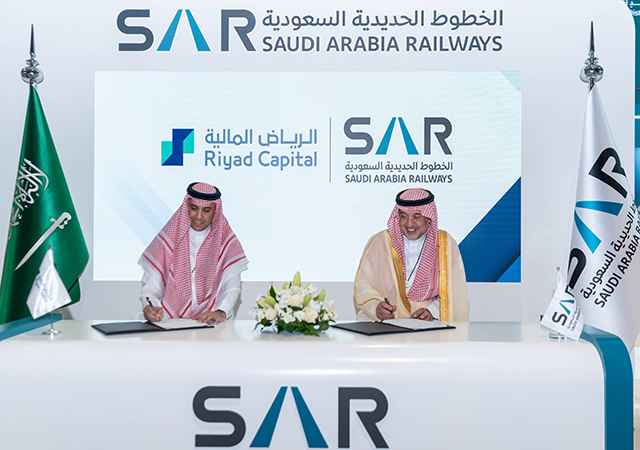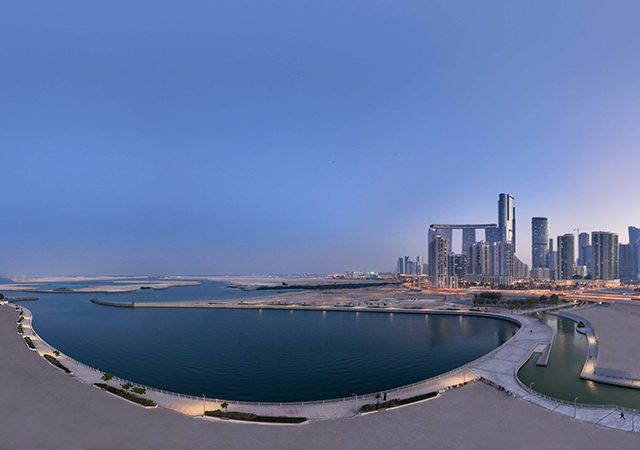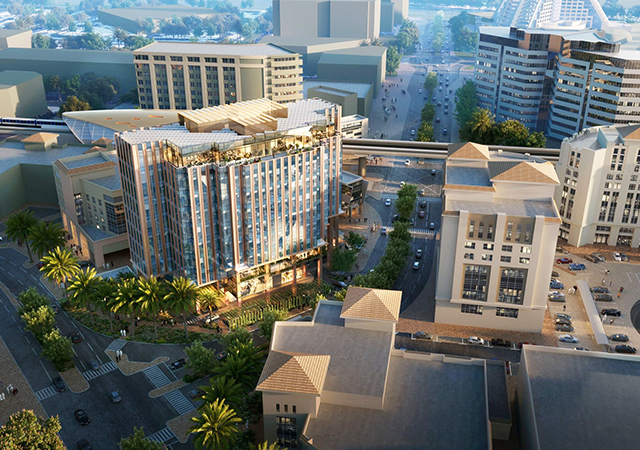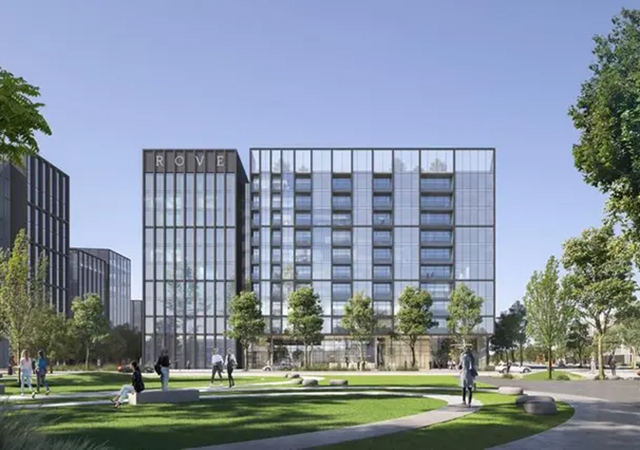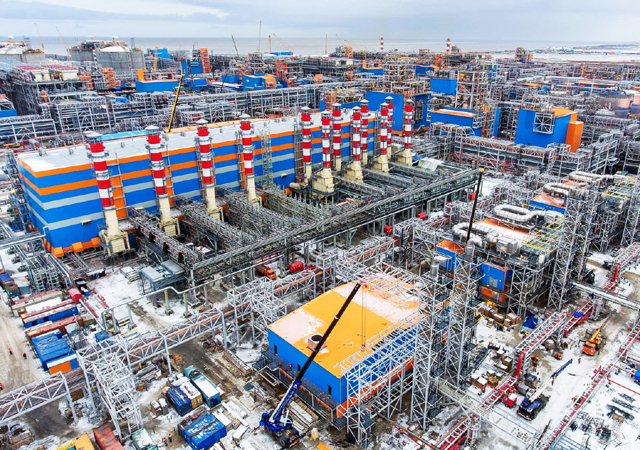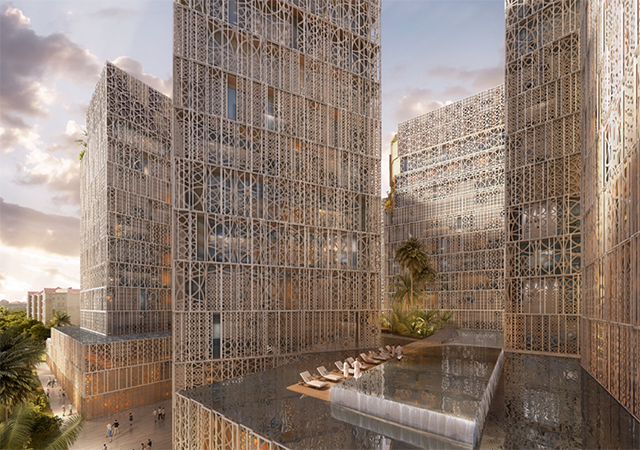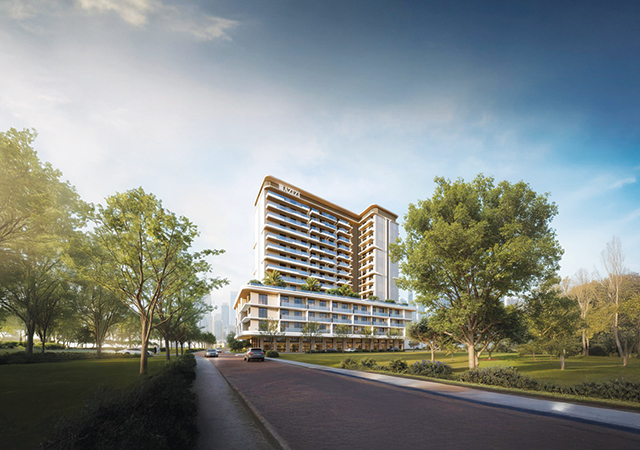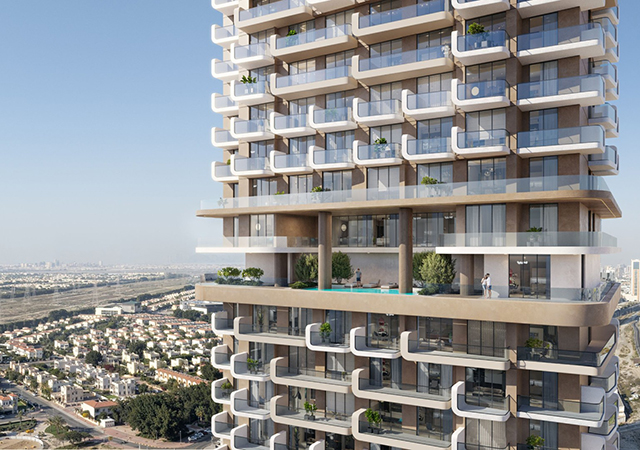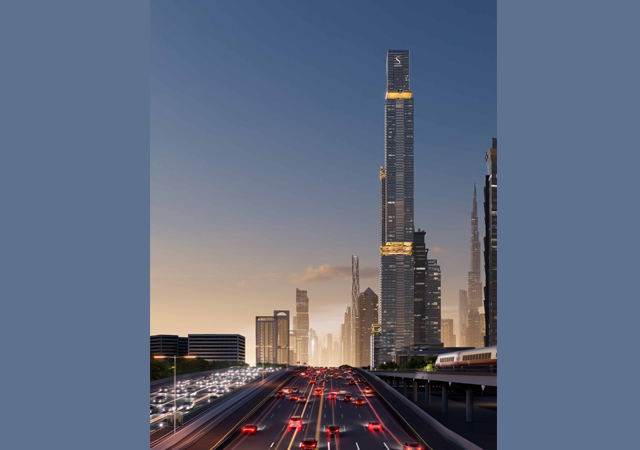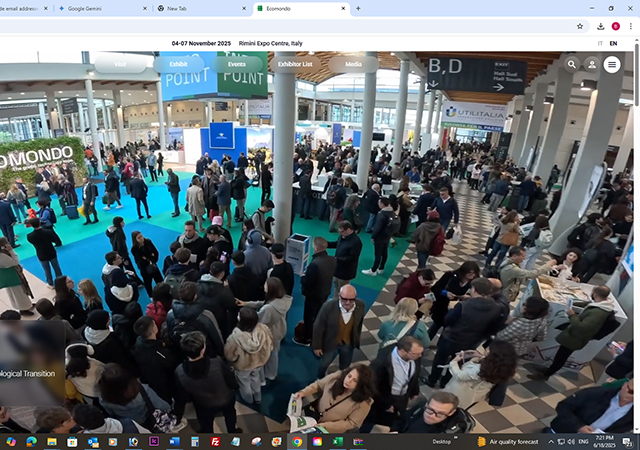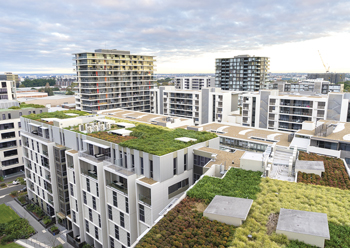
 Green roofs can effectively manage stormwater, reducing flood risk by 80 per cent.
Green roofs can effectively manage stormwater, reducing flood risk by 80 per cent.
On average, each human being consumes 80 to 100 gallons of water a day at home. Now imagine how much water we consume in offices, commercial buildings, hotels or even hospitals. We all consume water in many ways, and for various purposes, but do we ever stop and think where all the water goes after use?
The removal of wastewater from our building facilities is vital to protecting public health, our planet and the building structure itself. This is where the right drainage systems can really make a difference. Drainage systems evacuate wastewater from our buildings in a safe and controlled way. They also have a direct relationship to other systems in the building, forming part of the building’s holistic ecosystem to maintain occupant comfort and safety. Ultimately, the stronger the drainage system, the safer the building.
Engineered, high-performing drainage systems can help in mitigating the risk of failures, which can be harmful to life in and of the building.
 |
|
Smith ... early engagement is key to ensuring efficiency. |
Over the past two years, our working, living, learning and leisure spaces have become closely intertwined, making the link between our indoor environments and our health more important than ever before. What many people don’t realise is the vital role drainage plays in the pathogen treatment train. Studies have revealed that viruses like Covid-19 can spread through drainpipes, showing us the integral role drainage plays in safe wastewater removal and disease prevention.
When it comes to drainage systems, the risk of failures can have harmful consequences. Poor drainage leads to improper wastewater removal. Wastewater often contains contaminants that cause foul smells or leaks, which are not only inconvenient but can actually cause a number of health and respiratory issues. High-performing drainage solutions prevent the leak of harmful toxins from wastewater, improving ventilation and air quality in our indoor spaces.
Also important is the financial impact of improper wastewater removal. Drainpipes are often located under roofs and behind walls, making them difficult to repair. Poor maintenance may lead to obstructions or closures, which can directly affect profitability.
There’s also the risk of reputational damage. Companies are completely liable for challenges in their building and should, therefore, make a concerted effort to protect against preventable risks. Developers shouldn’t be waiting for a disaster in order to make a change. Preventation is, in fact, the best protection. And it’s not just about their reputation, but it’s also about doing the right thing to put public health first.
For mission-critical environments, such as hospitals, proper wastewater removal is even more important. Leaks, failures and floods can directly put lives at risk. So, the question remains – why would building developers even take the risk?
Often in the region, systems are chosen based on cost rather than performance. However, appropriate material selection is vital to ensuring the right system for the project at hand. Often cost-cutting is disguised as value engineering but true value engineering isn’t just about reducing cost, it’s about improving performance for a superior overall outcome.
When it comes to wastewater treatment, nature-based solutions can be particularly effective to improve efficiency, sustainability, and water quality. Green roofs, for example, are becoming increasingly popular around the world to implement sustainable urban drainage systems. A green roof is a roof surface partially or complete covered with a lightweight growing medium and vegetation, planted over a waterproofing system that can capture, store, treat and reuse water. Green roofs can effectively manage stormwater, reducing flood risk by 80 per cent, and reuse this water to create green havens in urban environments. Wastewater from rainfall or air-conditioning condensate can be reused to create green spaces for relaxation, wellbeing amenities or urban farming.
In my experience working with Polypipe Middle East, early engagement is the key to ensuring safe and efficient wastewater removal and treatment. Many of the company’s solutions, such as high-performing drainage and green roof solutions, can enhance health, sustainability, and efficiency from the onset of a project. True value engineering also has a part to play. If building designs are optimised for cost and performance, using appropriate materials from the very beginning, this can save time, effort and money down the line.
At the end of the day, protecting public health is a collective responsibility, and the removal and treatment of wastewater has a big role to play. Real change begins from the top down. Decision-makers and industry leaders must place health and wellbeing at the core of the design and construction process; only then can we adopt practices that support this mindset along the supply chain.






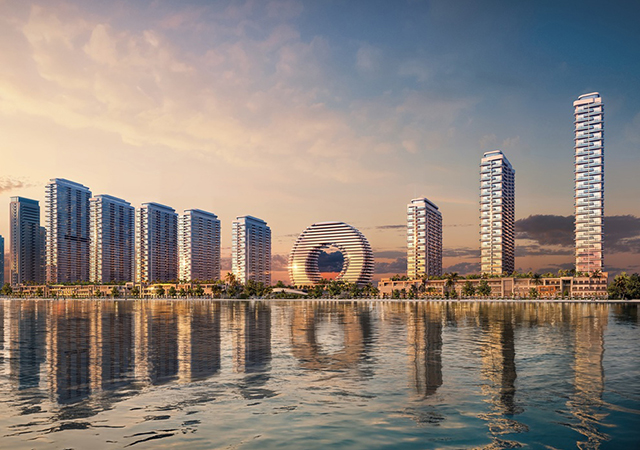


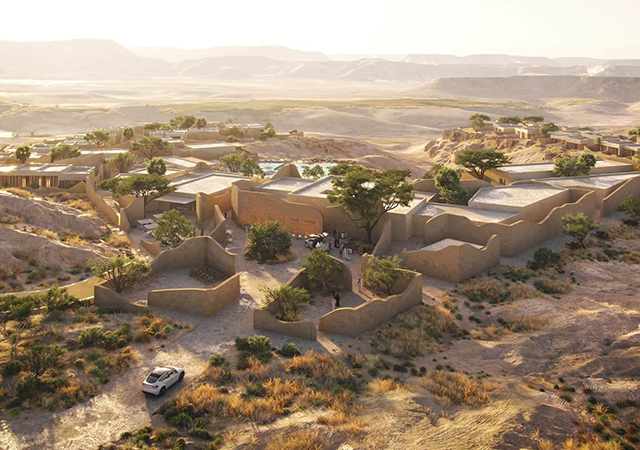



(5).jpg)



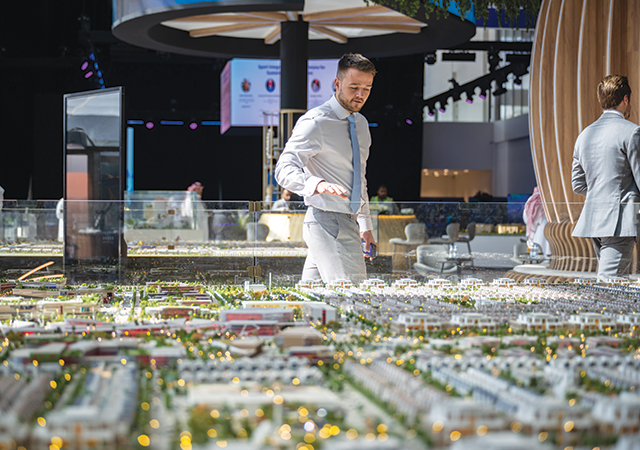
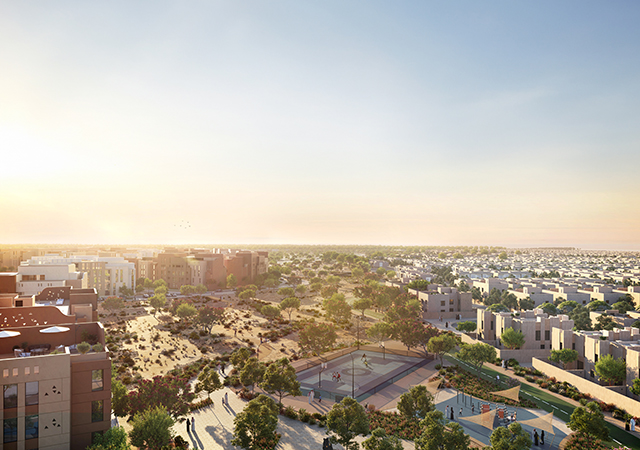

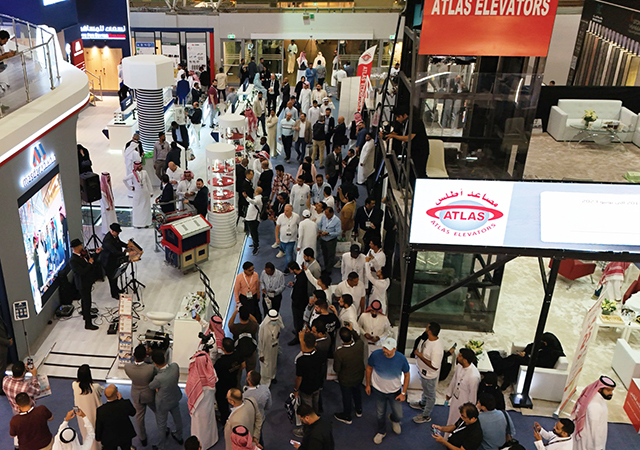

.jpg)



